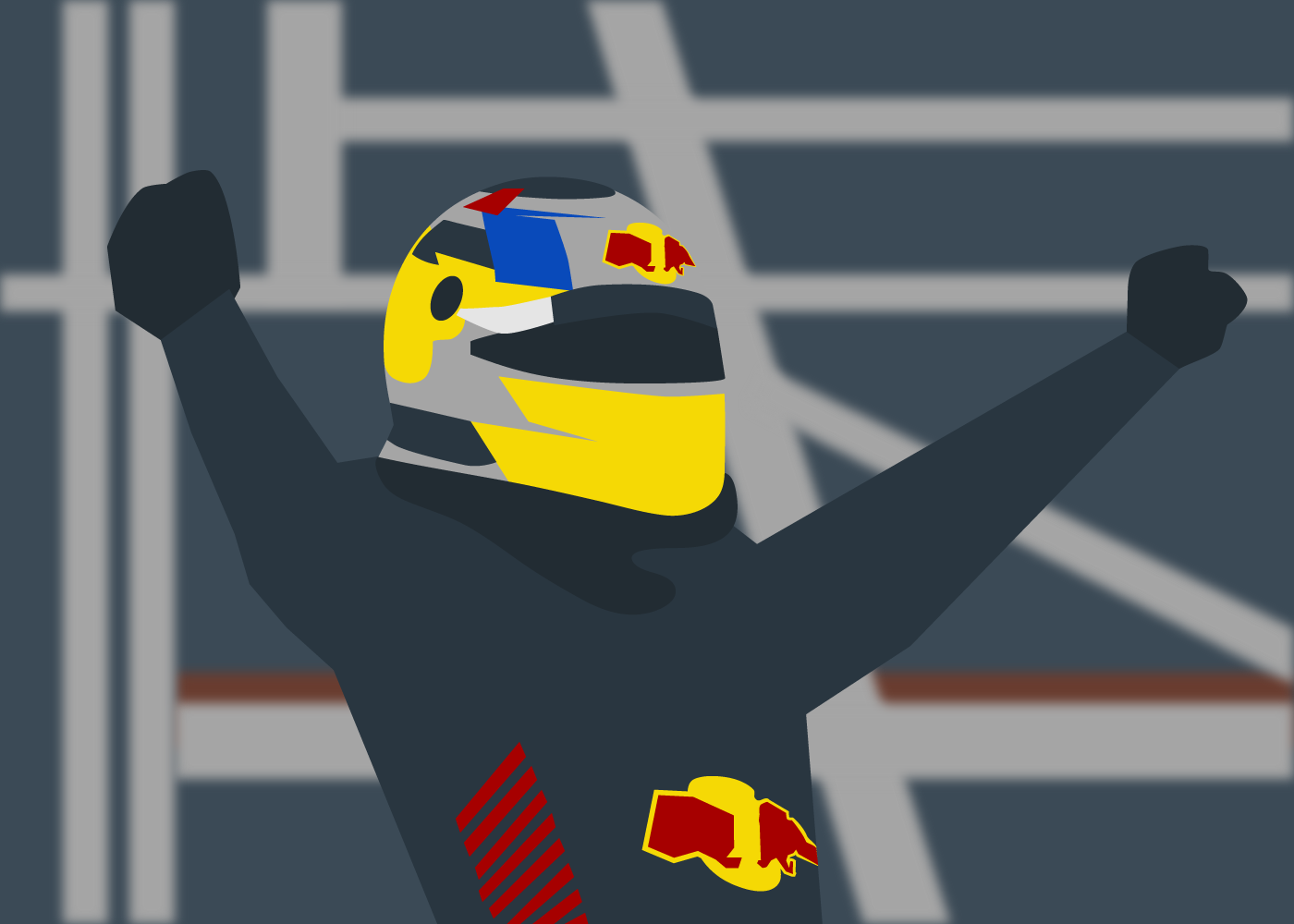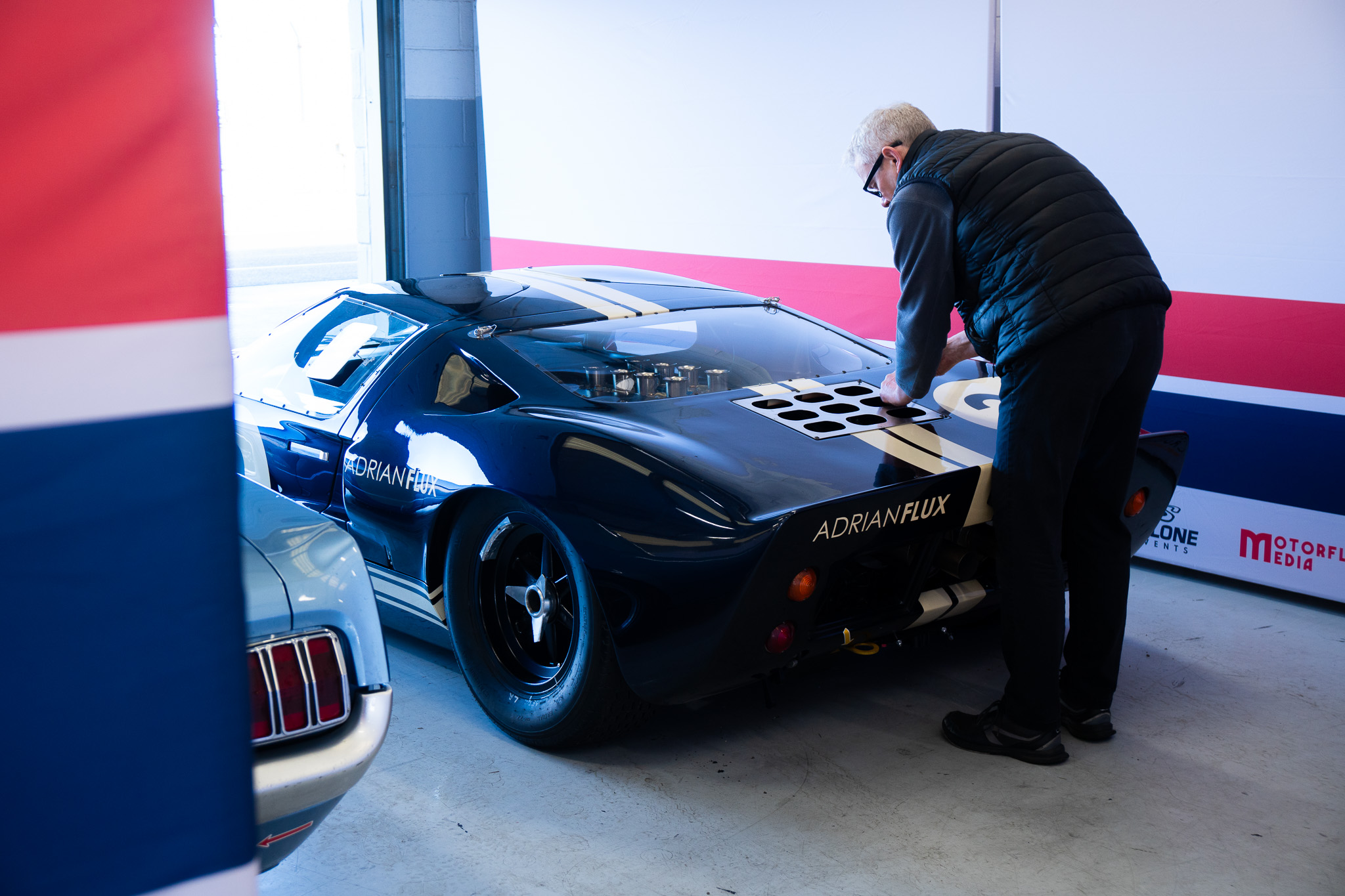Professional racing driver and commentator Alex Brundle gives us his take on the controversial penalty decision during the Saudi Arabia Grand Prix and how Formula 1 needs less tape and more box office.
It was a jump headlong into the world of F1 TV broadcast after a late call-up to be on Tech-Pad duty for this weekend’s Jeddah Grand Prix.
I had my hands full of more than just a stylus with significant controversy during the weekend and some remarkable driving skill on-show to keep monstrous F1 machinery out of the walls, with no less than 27 opportunities to do otherwise packed into 6.174km of the circuit.
The early qualifying curveball was a driveshaft failure for Max Verstappen, promising significant intrigue for the race as to whether ‘Super Max’ could scream through for victory from a lowly P15 start.
The charge materialised for Verstappen on Sunday evening but somehow lacked spectacle. The passes were drag reduced and early, despite the 75m shortening of DRS zone three aiming to make the T1 pass a challenge.
In fairness, the ease of thoroughfare was due to the performance delta rather than the layout, but I’d have loved to see laps one to 18 DRS free on this occasion.
Sergio Perez storms to victory in Saudi Arabia
I also found it a shame this storyline detracted from what was a deserved second pole in Jeddah for Sergio Perez, seeing off the challenge from a pair of pointy Aston Martin’s to own a very deserved Pirelli tyre pole trophy for his cabinet.
Sergio’s eventual hard-fought win was even sweeter because it was the first occasion he had won a race while simultaneously beating his team-mate to second place, in a straight fight over the closing laps.
Fernando Alonso was in full swing on Saturday, and Lance Stroll for pole was also a momentary reality, as the higher downforce skewed AMR23 dominated the first sector in Lance’s recently healed hands; before a scruffy T22 ended that. He would start fifth.
Middle of the pack drama
In race trim, Stroll’s retirement, with all the hallmarks of an oily engine failure, was a strategic turning point in the mid-field. Mercedes were the primary gainers, with Lewis Hamilton and George Russell performing a compound exchange hard-medium, medium-hard respectively, during the (not really required) full safety car procedure.
Mercedes lapped the Toto Woff predicted 1.5 seconds off the pace at times, but Hamilton was a low-key ace of the race. Getting a medium tyre to the end of the race from lap 18, was a drive we would be raving about if the Mercedes was competitive for race victory.
Outside the top five, it was like a cross between a Guy Richie movie and The Butterfly effect. Stroll forced Ferrari to pit to cover his undercut, then broke down to cause a safety car, punishing them strategically for the pitstop he induced.
MClaren’s Oscar Piastri qualified well in P9, only to have contact in the first lap dislodging debris that his Q1 qualifying team-mate Lando Norris happened to hit, relegating both McLaren cars to the rear of the field, ending their chance for points.
Williams squandered an opportunity in Jeddah. Their low-drag rear wing option seemed unreliably floppy in practice, but gained them some impressive speed trap numbers in FP2 and great potential in qualifying. But Logan Sargent then spun, appearing to block Alex Albon and hamper his lap.
Both would have a quiet race with a frightening brake-by-wire issue for Albon being the only air time. Painful for Williams; bringing their low drag ‘Monza car’ to the ‘Monza of the East’ and leaving empty-handed must sting.
The greater sting was in the tail, though…
Penalty box drama caused fans confusion
The bizarre and bureaucratic interplay around the final spot on the podium, with Alonso reinstated after receiving a penalty; for incorrectly serving a penalty for incorrectly positioning the car at the start of the race.
The concept of the ‘outside the box’ start penalty is to prevent teams from defeating the jump start detection devices by simply driving wide of them, and I get it, but this is the most controlled and documented section of the race track, with cameras trained like sniper rifles at the start boxes. The stewards can see if a competitor gains an advantage. As a racer, this one is annoying, but those are the rules.
The delivery of the second penalty was problematic, though. During the first penalty service, Alonso’s team were working on the car and seemed suddenly penalise-able. Working on, and touching the car in the five-second penalty window, being considered equivalent in agreement with the F1 Sporting Advisory committee’s most recent meetings.
The penalty took a frustratingly long time to administer because the pitstop penalty service was initially cleared as correct by the Race Operations Centre in Geneva (F1’s VAR). But then there was a secondary report from a place unknown, which resulted in the penalty much later in the race.
We scrambled to understand and then explain the penalty comprehensively to fans, who were angry, but at least they understood why.
Aston returned with evidence that teams had served multiple penalties in the same way previously, putting the rule-makers in the well-worn judiciary conundrum. When were we wrong? Then or now?
They decided ‘now’ probably because changing ‘then’ is much more complicated!
Analytically, broadcasters weren’t incorrect, but rather previously correct, like an Orwellian prisoner trying desperately to see six fingers on his right hand at the instruction of our captors, and through the interdigital gaps, I see two problems here.
Firstly, who did the second report come from? After the troubles of past seasons, I thought we had escaped the era of teams having direct contact with race direction, so many of these regulatory dramas stem from this, and it must simply stop.
Secondly, the same FIA organisation is charged with writing and enforcing the rules. The organisation has run the regulatory area of Formula 1 since 1946. If you cannot implement the rules efficiently, it seems obvious to change them until you can!
It is one thing to have technological loopholes exploited by great engineering minds, but this is a sporting procedure akin to a rugby referee taking 80 minutes to decide if there should be seven or eight players in the scrum. And then be eventually swayed by the captain of Fiji that seven seems neater because ‘that’s how they played last week’.
The late and respected Charlie Whiting was a poacher turned gamekeeper. It’s just such a movement that the FIA desperately needs in its governance to counter this, along with a revamp of the regulations to reflect the nature of the modern sport.
Get some seasoned racers, sit them in a room, plonk the sporting regs in front of them, ask them where the holes are, and watch the controversy dissolve into racing satisfaction for fans of the sport.
F1 is their escape into the 200mph world of the barely perceivable—a vicarious life of speed and excitement on Sunday afternoon. If we continue to rob them of that and present them with mushy, drawn-out legislation and frustration, they will have every right to deny us their attention and support.




